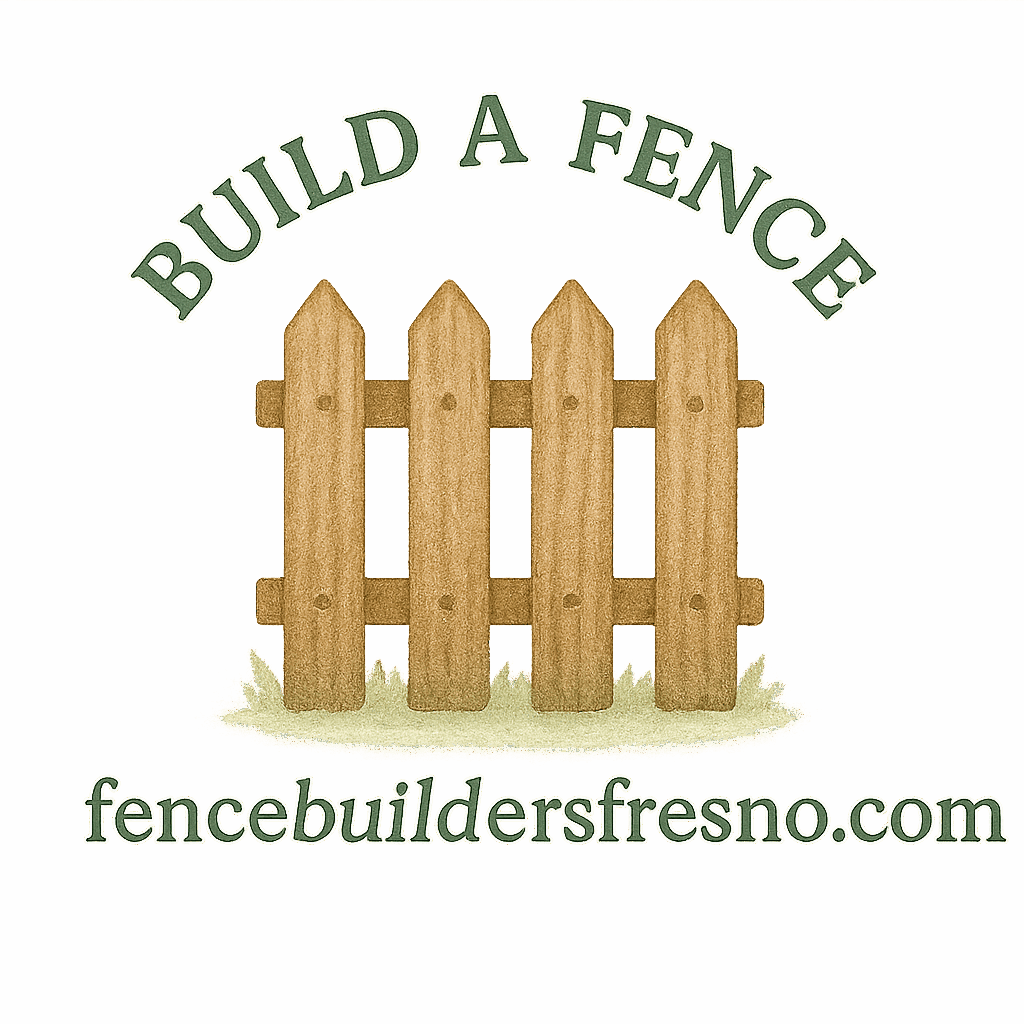Introduction to DIY Fencing on a Budget
Thinking about adding a fence to your property but worried about the cost? You’re not alone. Many homeowners dream of a stylish, functional fence but quickly feel overwhelmed by the price tag. The good news? With the right approach, you can build a fence yourself without draining your bank account. This guide shares 6 budget-friendly tips for DIY fencing planning to help you save money, avoid mistakes, and create a fence that suits your needs.
Why DIY Fencing is a Smart Choice
Cost Savings Compared to Professional Installation
Hiring a professional fencing company can cost thousands of dollars. By going the DIY route, you’ll cut labor costs and only pay for materials and permits. That alone could save you up to 50% or more.
Customization and Control
When you DIY, you get full control over the design, style, and layout. Want a taller privacy fence on one side and a decorative fence on the other? You call the shots.
Learning a Valuable Skill
DIY projects aren’t just about saving money. Building your own fence teaches you practical skills, gives you confidence, and adds to your list of home improvement abilities.
Tip #1: Plan Your Fence Layout Carefully
Measure Property Lines Accurately
Before digging a single hole, know exactly where your property lines are. Mistakes here can cause disputes with neighbors and even force you to move your fence. Check official property surveys or property line resources.

Consider Local Zoning Laws and Permits
Every city has its own fencing rules. Some areas limit height, require permits, or have setback requirements. Avoid fines by checking legal and property considerations before you start.
Think About Purpose and Function
Ask yourself: Is the fence for privacy, security, decoration, or marking boundaries? Your purpose will guide material choices and design.
Tip #2: Choose Affordable Fence Materials
Wood Fencing on a Budget
Wood is one of the most popular and cost-effective options. Opt for pressure-treated pine instead of expensive cedar if you’re on a budget. Don’t forget to learn about wood fence care to extend its lifespan.
Cost-Effective Vinyl Options
Vinyl fences are low-maintenance and durable. While upfront costs may be higher, they save money over time due to minimal upkeep. Explore vinyl fencing for affordable alternatives.
Repurposed and Recycled Materials
Old pallets, reclaimed wood, or even metal scraps can become creative fencing solutions. It’s eco-friendly and budget-friendly at the same time.
Tip #3: DIY Fence Design and Style Choices
Keep It Simple with Straight Lines
Curved or angled fences look great but are harder and more expensive to build. A straight-line layout saves both time and materials.
Decorative Touches That Don’t Break the Bank
Adding simple lattice panels, paint, or climbing plants can make your fence more appealing without inflating costs. For inspiration, explore decorative fence ideas.
Combining Different Materials Creatively
Mixing wood with wire or adding stone bases under wood posts gives you a stylish look without premium costs.
Tip #4: Save Money with Smart Tools and Equipment
Borrow or Rent Tools Instead of Buying
You don’t need to own every power tool. Rent or borrow tools like post-hole diggers or saws instead of buying them outright.
Use Simple, Low-Cost Tools Effectively
Basic tools like hammers, levels, and measuring tapes often get the job done just fine.
Teamwork Can Reduce Time and Cost
Ask a friend or family member to help. An extra set of hands reduces mistakes and speeds up the process.
Tip #5: Focus on Low-Maintenance Fence Options
Choosing Durable Materials
Durable fences might cost slightly more upfront but save you maintenance costs in the long run. Look into durable fencing options.
Easy Maintenance Techniques
Simple upkeep like staining wood every few years or washing vinyl panels helps avoid costly repairs.
Weatherproofing for Longevity
Sealants, protective coatings, or even natural plant barriers can shield your fence from rain, sun, and pests.
Tip #6: Do It Step by Step
Break the Project into Manageable Phases
Instead of tackling the entire fence at once, split it into sections. This way, you spread costs and effort over time.
Avoid Costly Mistakes with Small Test Sections
Start with a smaller section of your fence to test your technique before committing to the whole build.
Budget Tracking Throughout the Build
Keep a simple spreadsheet or notebook of your spending. Tracking costs helps you avoid overspending.
Common Mistakes to Avoid in DIY Fencing
Ignoring Property Boundaries
Building even a few inches into your neighbor’s yard can lead to disputes or legal trouble. Check for fence encroachment issues.
Choosing the Wrong Materials
Not all materials fit every climate. Vinyl might warp in extreme heat, while untreated wood can rot quickly in wet climates.
Skipping Maintenance After Installation
Even budget fences need care. Skipping maintenance shortens your fence’s life and costs more in the long run.
Additional Budget-Friendly DIY Fence Ideas
Pallet Fencing Projects
Free or low-cost pallets can make rustic, charming fences for gardens and backyards.
Wire and Mesh Fencing for Gardens
Affordable and practical, wire fencing keeps pets and critters away from your plants.
Blending Living Plants with Fencing
Hedges, vines, or shrubs alongside a fence give you natural beauty at little cost.
Benefits of Budget DIY Fencing Beyond Cost
Boosting Property Value
Even a low-cost, well-maintained fence can improve curb appeal and property value.
Enhancing Security and Privacy
Fences protect your space, keep kids and pets safe, and offer privacy from prying eyes.
Personal Satisfaction and Creativity
There’s pride in saying, “I built this myself.” Plus, DIY lets you flex your creativity.
Conclusion
DIY fencing doesn’t have to be expensive or complicated. With careful planning, affordable materials, and smart strategies, you can build a fence that’s both budget-friendly and long-lasting. By following these 6 budget-friendly tips for DIY fencing planning, you’ll save money, avoid common pitfalls, and end up with a project you’re proud of.
FAQs
Q1: What is the cheapest fencing material for DIY projects?
Wood (especially pressure-treated pine) and repurposed pallets are some of the cheapest materials for DIY fencing.
Q2: Do I need a permit to build a fence?
In many areas, yes. Always check local legal fencing regulations before building.
Q3: How long does it take to build a fence myself?
A small fence may take a weekend, while larger projects can take several weeks depending on size and complexity.
Q4: Can DIY fences last as long as professional fences?
Yes, if you use durable materials and follow proper maintenance tips.
Q5: How do I avoid disputes with neighbors about fences?
Talk to your neighbors beforehand and review your property lines.
Q6: What is the best low-maintenance fence material?
Vinyl is one of the best low-maintenance options since it doesn’t rot, warp, or need painting.
Q7: Can I mix different fence materials to save money?
Absolutely! Combining wood, wire, or recycled materials is a great way to save money while adding unique style.


